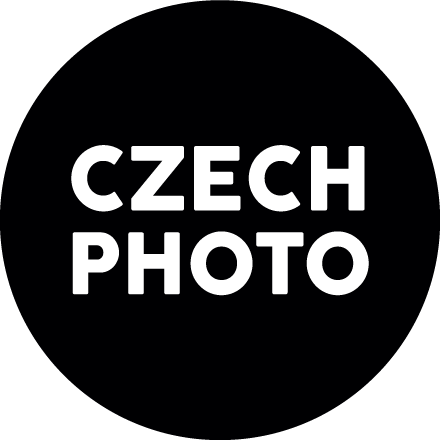
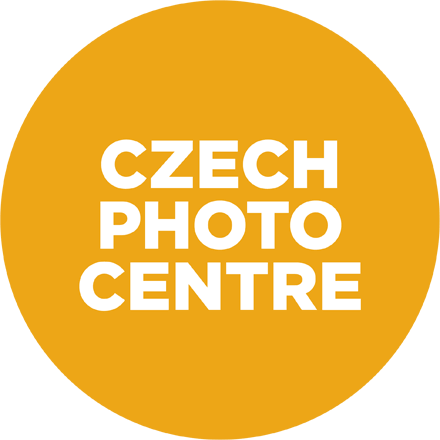

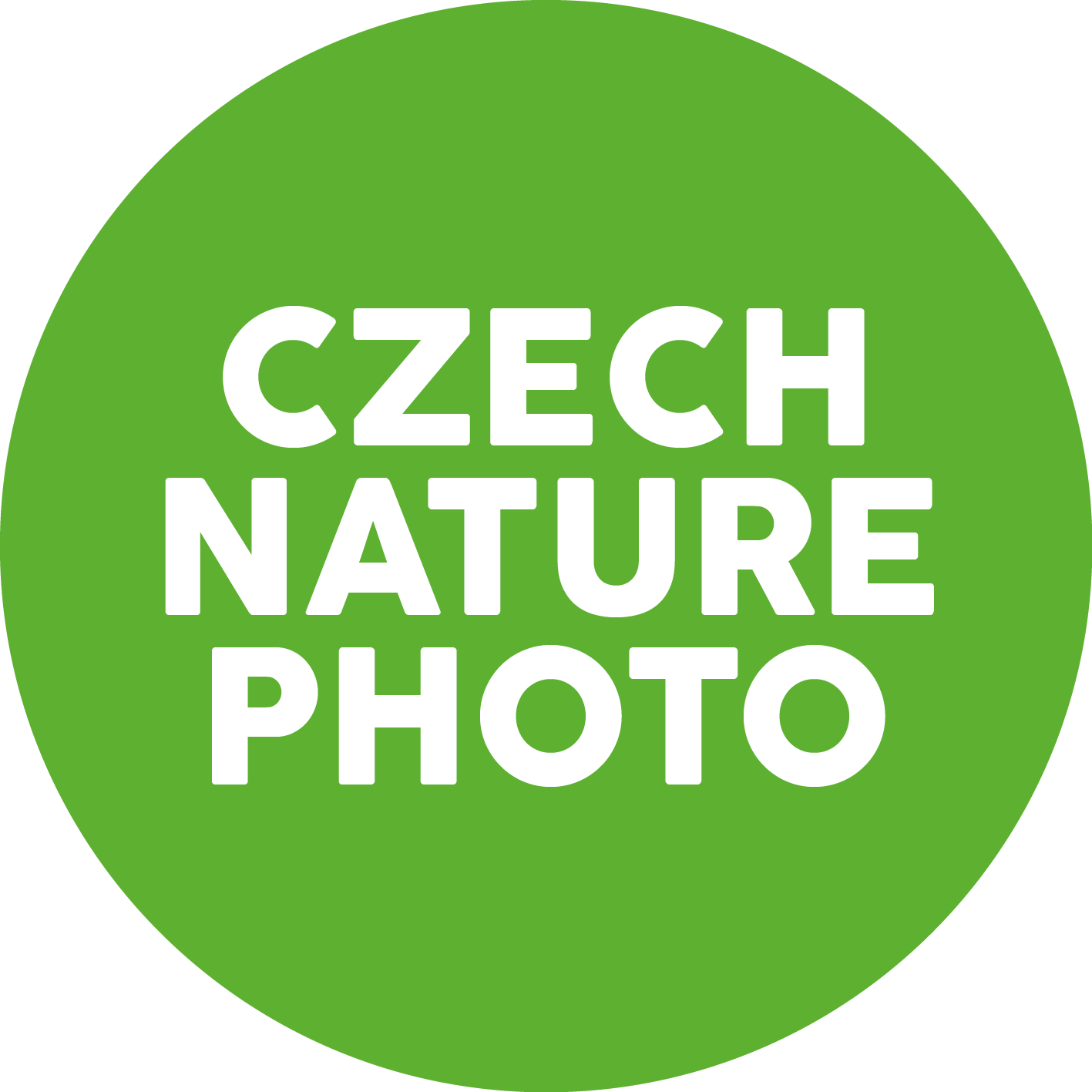

In September, the image “Nurses after their shifts at Prague’s Bulovka Hospital” won.
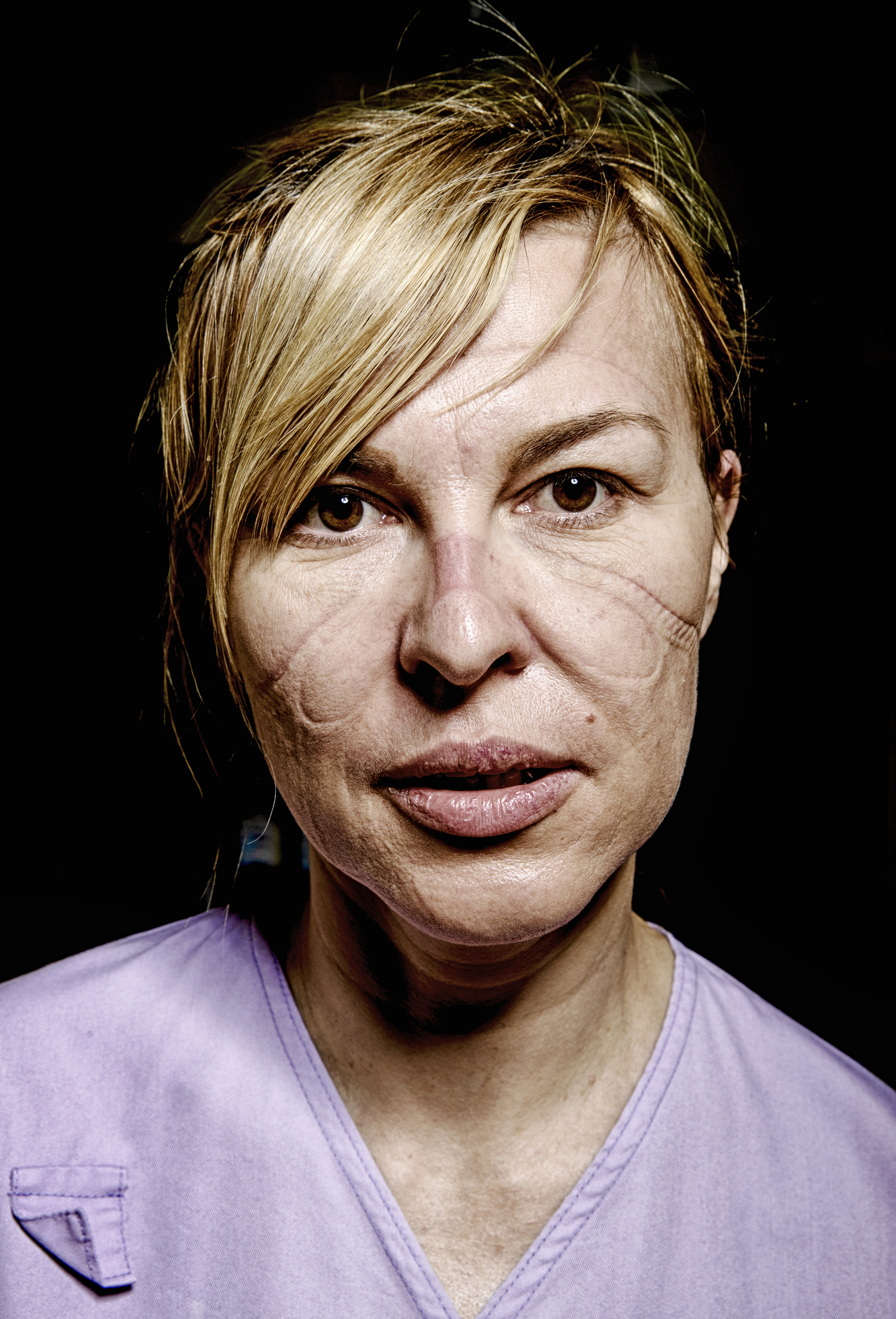
Photo: David Neff / Mafra – Nurses after their shifts at Prague’s Bulovka Hospital
“After the outbreak of the first wave of the Covid-19 Chinese coronavirus, I began regularly taking photos in Bulkova Hospital. Prague was flooded with amateur photographers snapping the deserted streets and I had already grown tired of it. I had seen photojournalists’ pictures from hospitals in New York, and I said to myself that if you could take photos from the front line around the world, then I’d try it here. Bulovka Hospital was the first one which had taken in Covid patients, and so it had become a symbol of the Chinese coronavirus epidemic.
I encountered a surprisingly supportive approach from hospital management and medics. My theory that when life is in the balance you don’t come across unnecessary faultfinders proved accurate. I took photos in the Covid wards, and over time I got to know the fantastic team of doctors and nurses there. They got used to me and no longer worried that I was there with them.
The photographs were shocking testimony to the readers, although I thought they lacked the elemental emotions etched into the faces of the suffering patients. I tried not to show their faces, or I blurred them to preserve their anonymity. But the strongest means of expression in photography is the face. Without faces, I could cross out all the emotions, because even the medics were entirely covered up in hazmat suits. I pondered what to do about it… Then I came up with the idea of taking portraits of the nurses at the moment they left after working for hours with patients with the severest forms of the disease. It wasn’t at all easy to get them to agree. The nurses, like any women anywhere in the world, want to look good. They don’t want to show their faces tired, bruised and swollen from respirators, shields and all the other protective equipment they had to wear.
Hardly have they closed the door of the filtration room where they remove their protective clothing, three layers of rubber gloves and other uncomfortable gear, than they throw down their respirator in the corridor, put on a new one and head for the showers. There isn’t much time for properly setting up a portrait photo. The fluorescently lit corridor isn’t an ideal studio, and a few seconds isn’t long to take a photo either. Within a few weeks, I’d managed to convince a few nurses. Slowly others also joined. It felt odd that I essentially didn’t know what their faces looked like, even though we’d seen each other almost every day. But this had always been during a break, wearing a respirator or facemask: those few seconds during the exchange of one contaminated respirator for a new one – that was the moment. That was when these portraits were taken.
I published them when the second wave was breaking out. People were no longer afraid, and many considered the disease to be overhyped. Neither was there the same respect for the health workers on the front line. Nobody was interested in photos from the hospitals any more. But the nurses’ faces aroused huge interest. They reiterated the point that Covid-19 is an extremely serious matter. I feel enormous respect for the people on the Covid wards front line. They’re risking their own health to save others. They’re not bothered with the discomfort and risk which go beyond their professional duties. The faces of these nurses from the front line are the faces of modern heroes. I thank them all so much,” says David Neff.
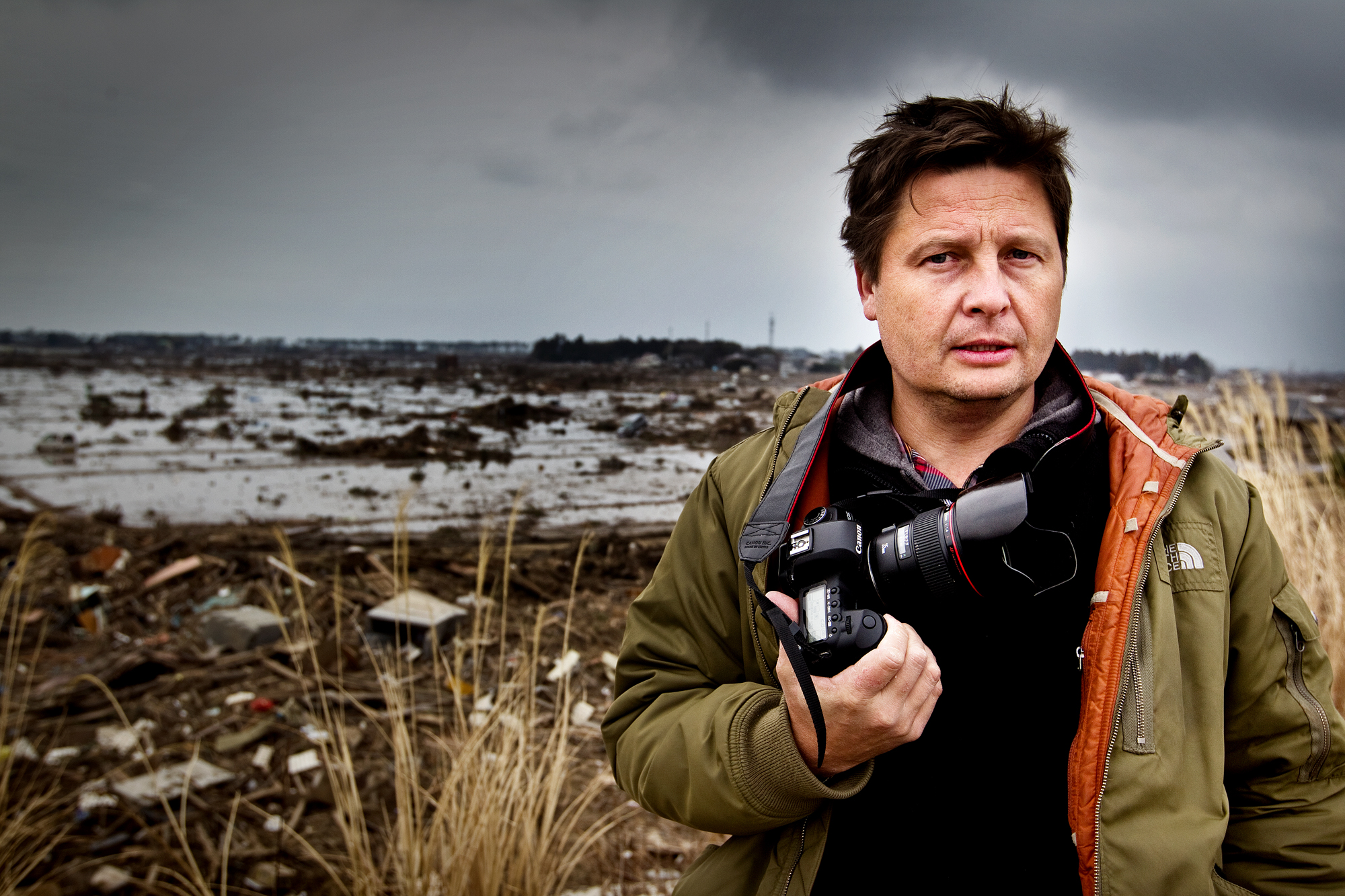
David Neff was born in Prague in 1970. He has taken photographs since childhood. His father Ondřej Neff was his inspiration and first teacher.
He studied applied photography at secondary graphics school. He focuses on studio photography, and photojournalism in particular. He is an admirer of Helmut Newton, James Nachtwey and Alex Webb. He has always considered live photography the most important and also most difficult field of photography. He began collaboration with the MF DNES newsroom shortly after the revolution and became a permanent photographer for them in 1991. From the outset he focused on war photography. He has worked in conflicts in the former Yugoslavia, in the Soviet Union and in recent years in Iraq and Afghanistan. Some of his favourite, and quieter, jobs involve street photography, such as in Cuba. He also of course takes photos of run-of-the-mill domestic events for MF DNES’s needs. He has received many awards in the Czech Press Photo contest, including the main Photograph of the Year prize.